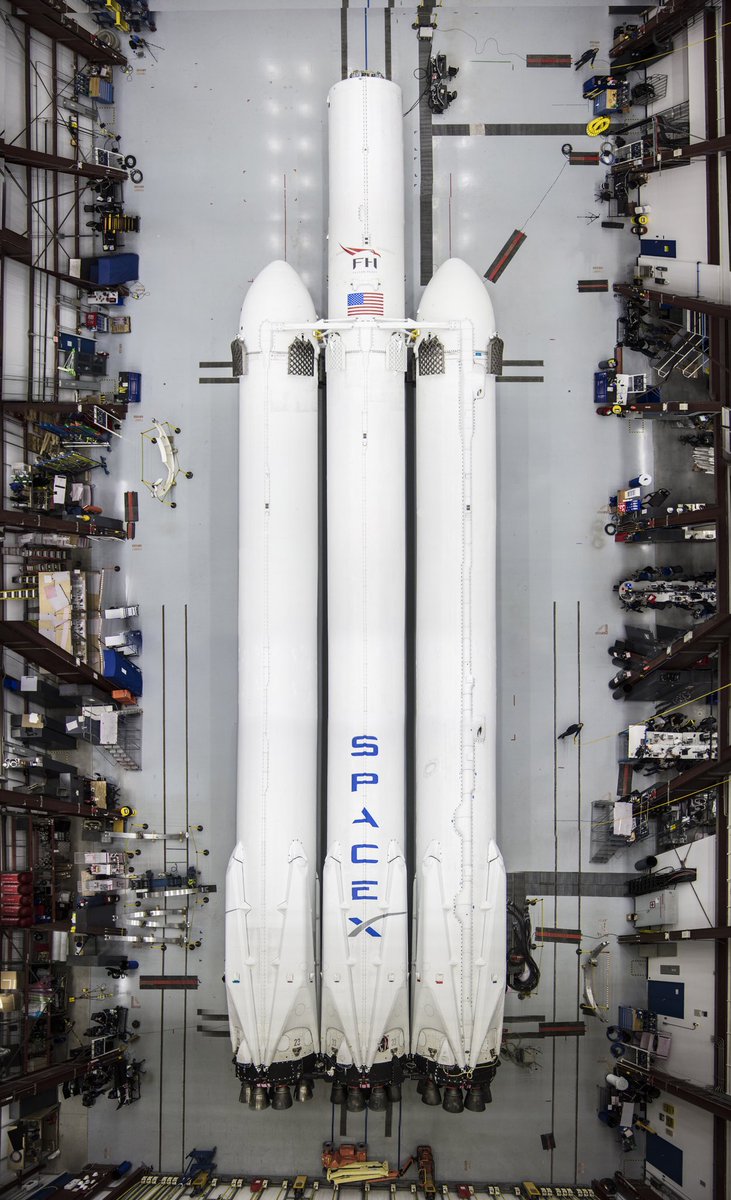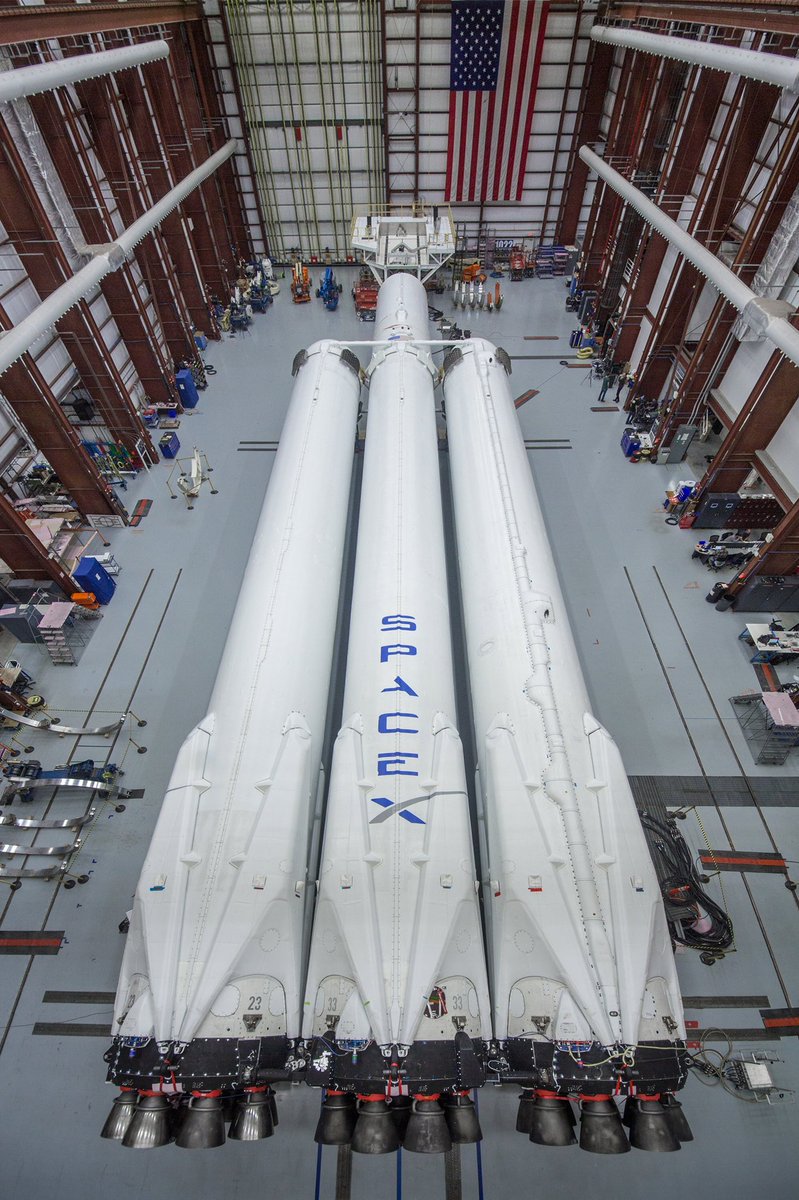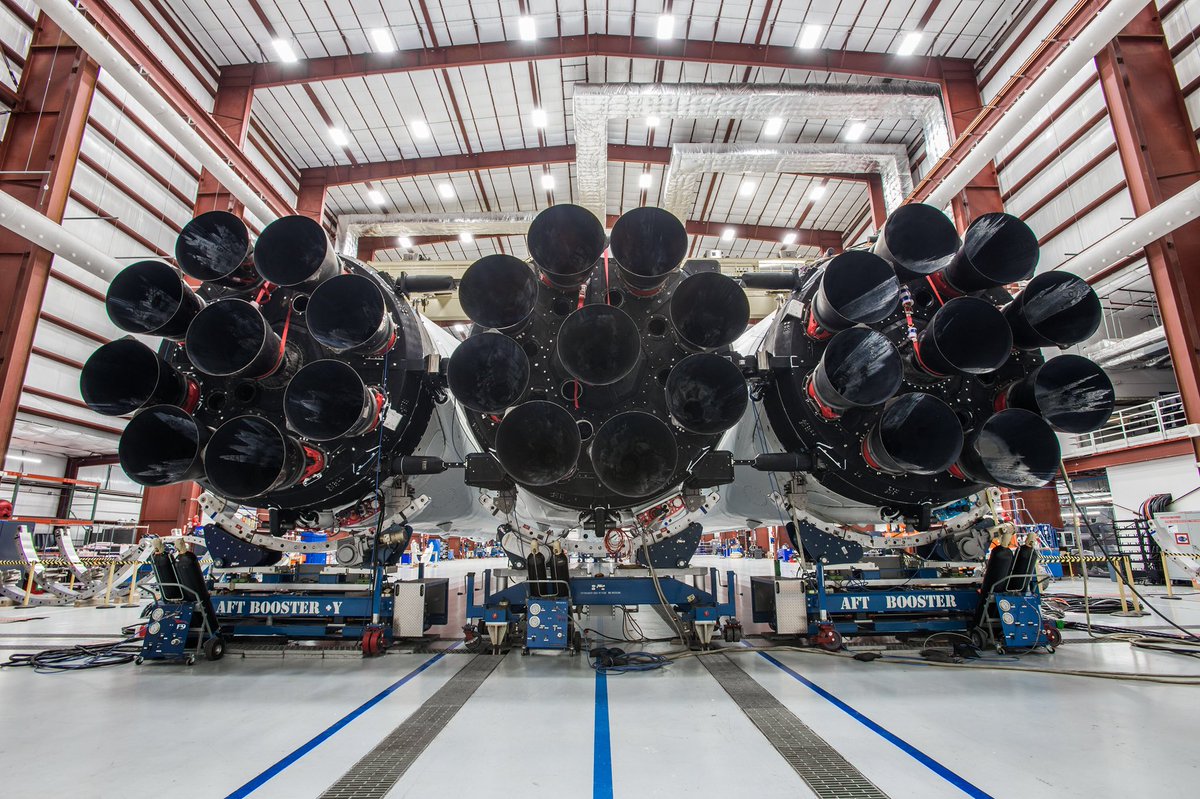e-FTW
New electron smell
Yes, three of them.Thanks. I’ll keep an eye out. Hopefully we know before it happens, unlike today’s Iridium static fire! Of course there’s also the possibility of multiple static fires for Falcon Heavy.
I'll see myself out...





